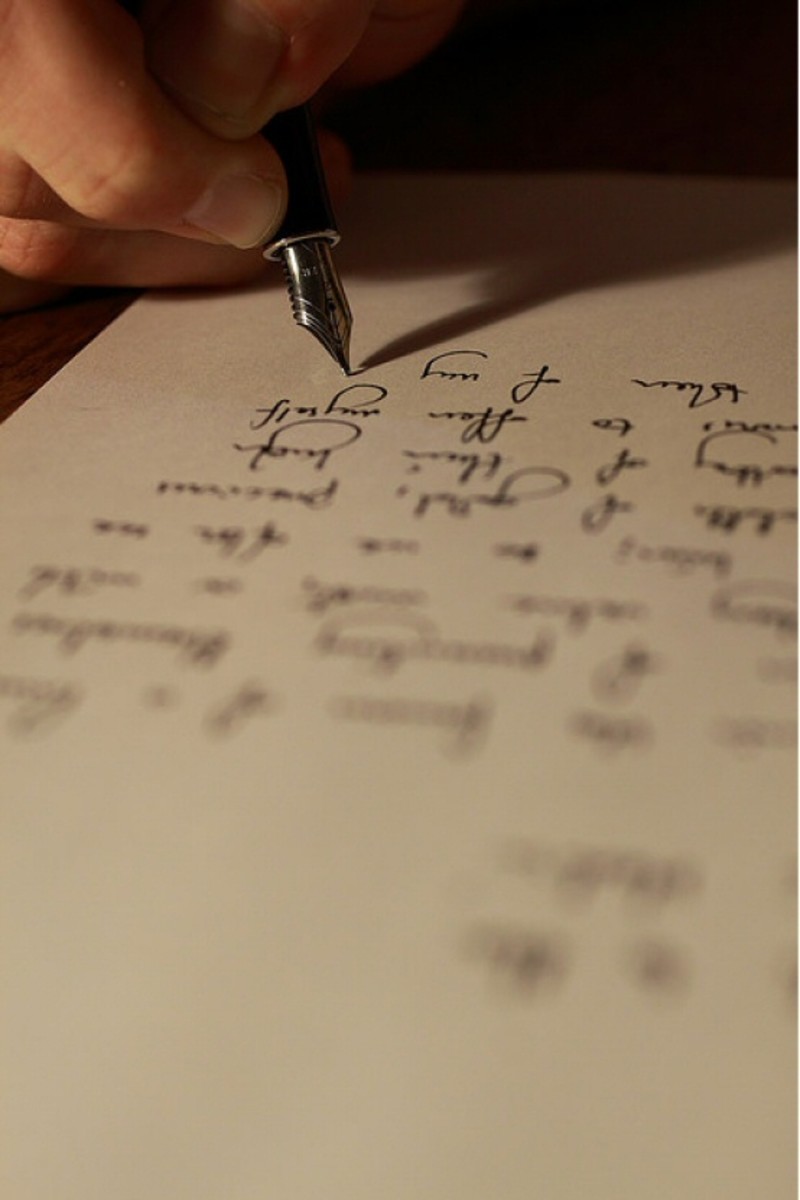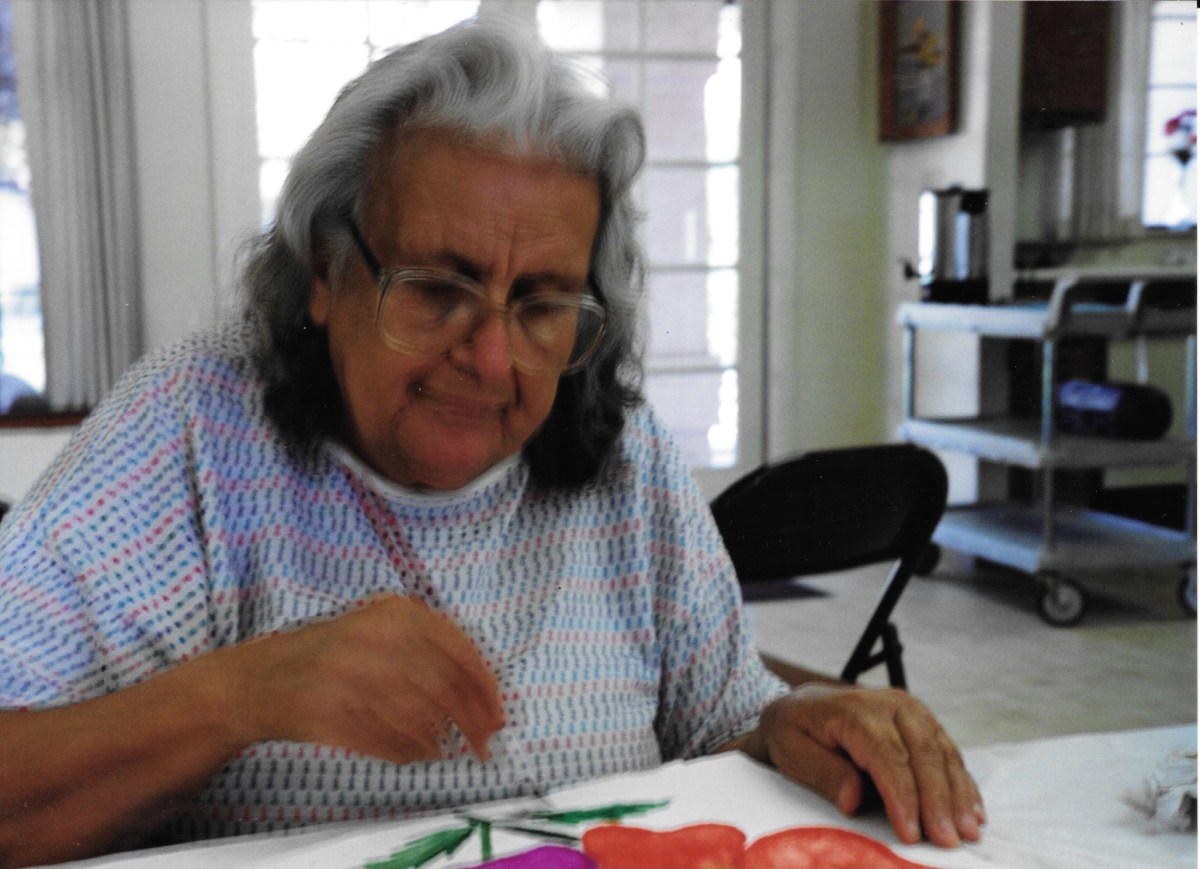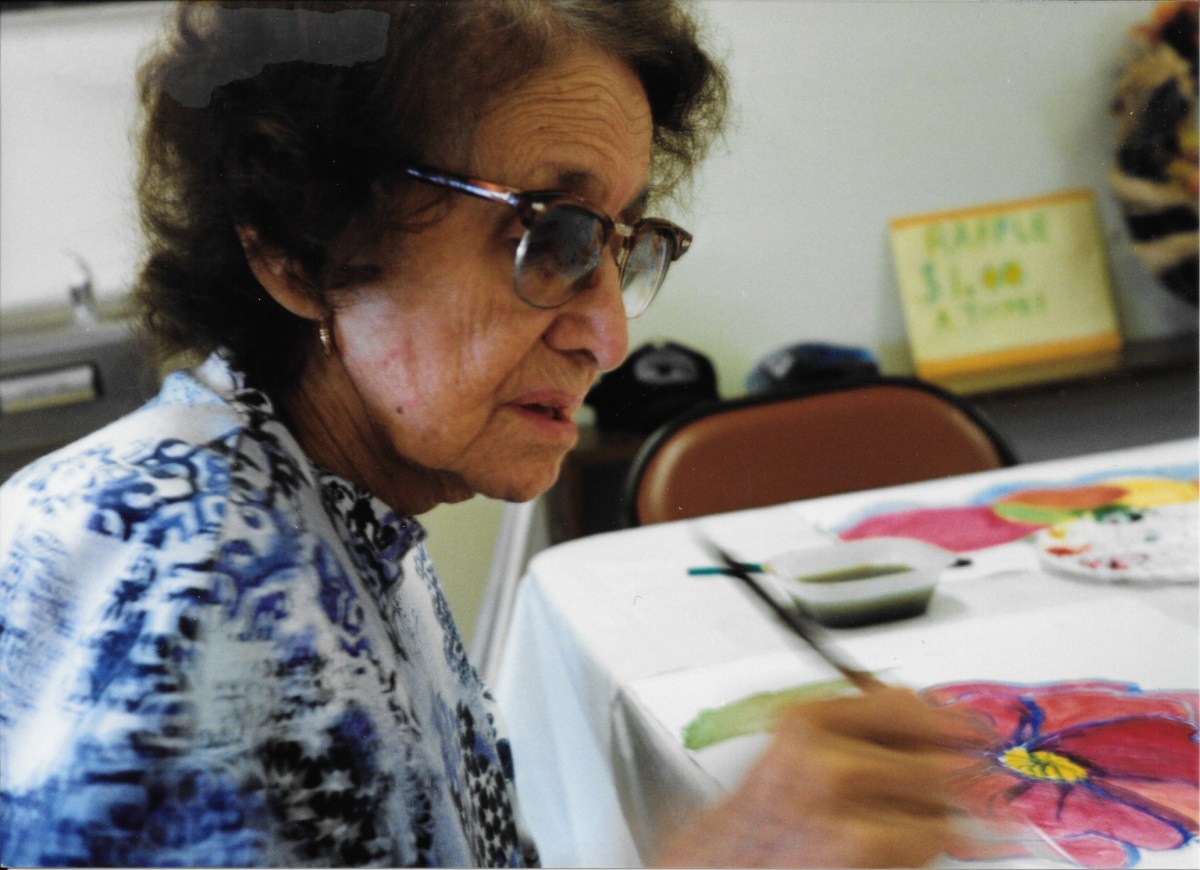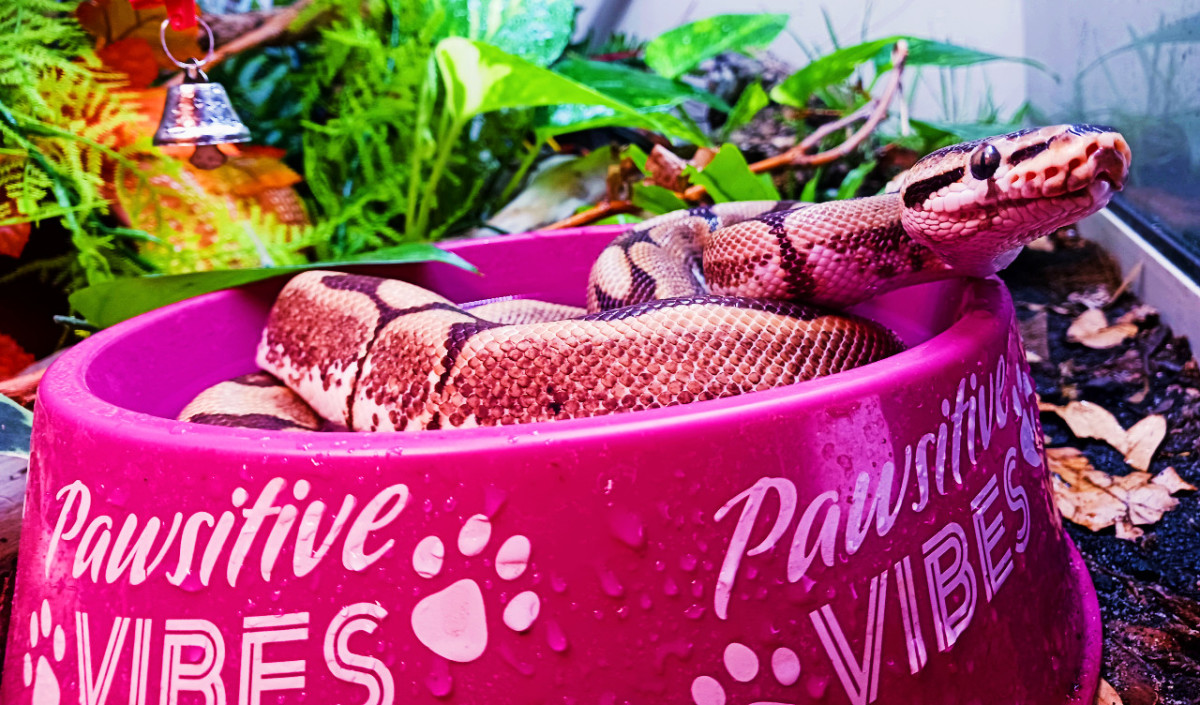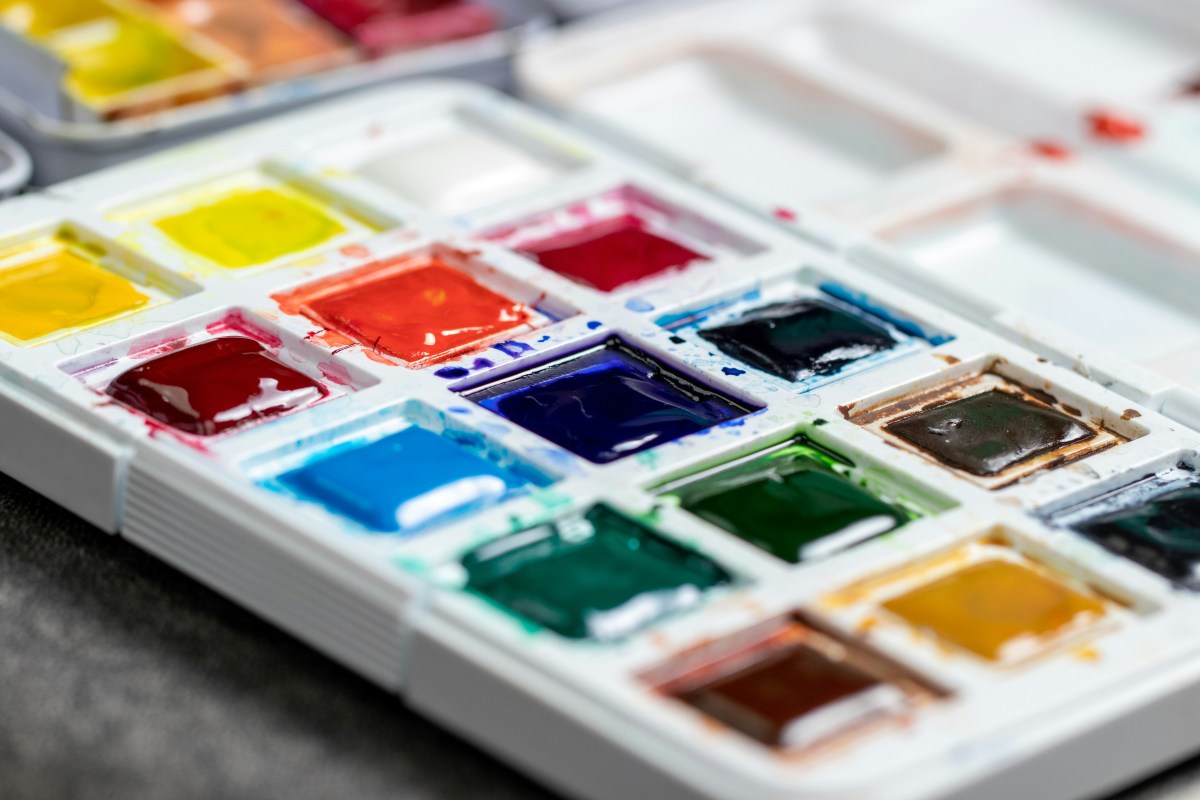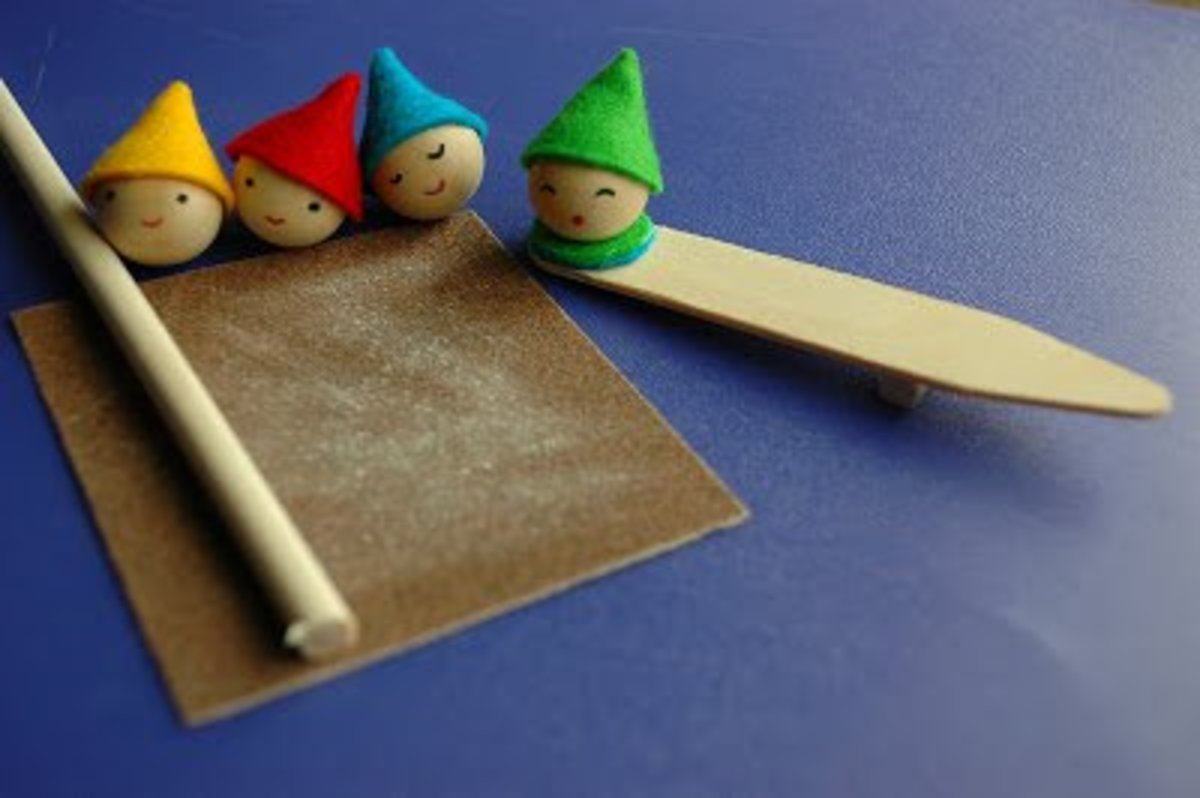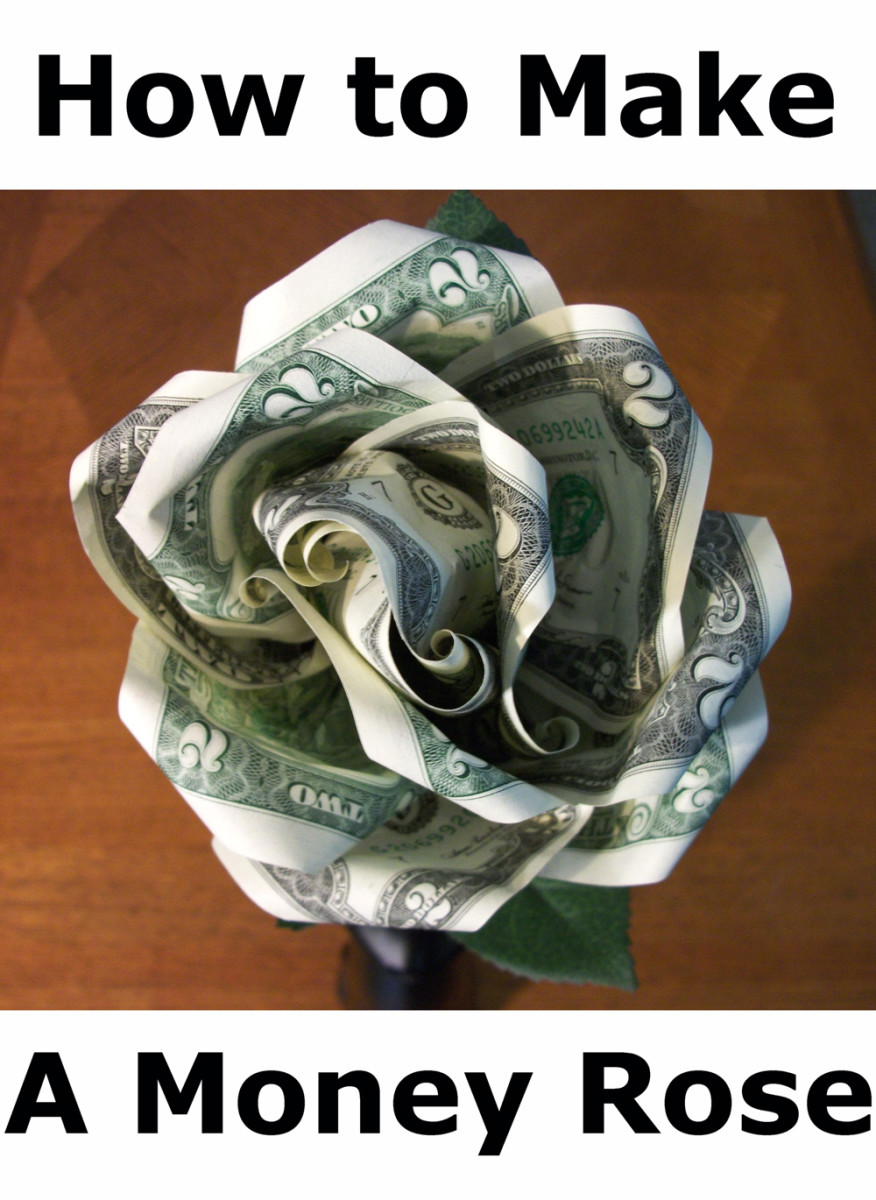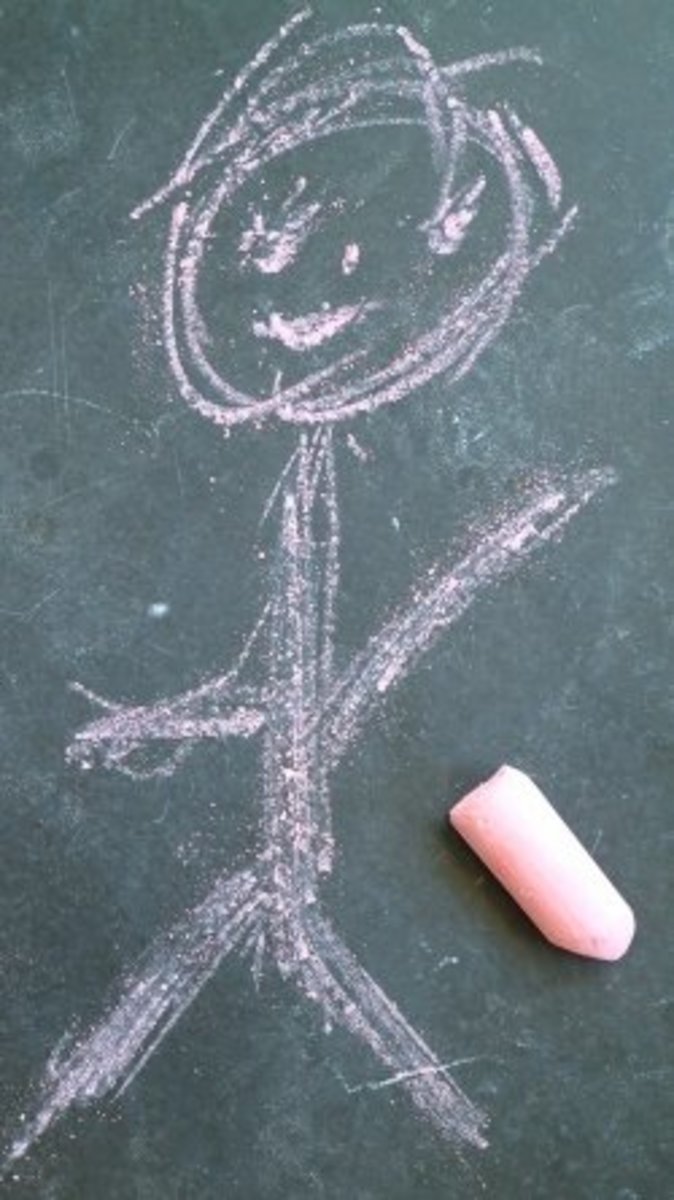What Is Art Therapy and How to Practice It?
Engaging in creative activities is simply engaging in free self-expression. That can be done through a variety of artistic and self expressive activities such as painting, creative writing, acting, singing, creating music etc. That allows you mind to express the emotions you might be suppressing, improves you mental and physical health as well as your emotional awareness and intelligence. Psychologists refer to this as art therapy.
Creating, performing and enjoying art can be a very rewarding experience. Art therapy is in a way a form of mediation. The process that happens when you express yourself instinctively and freely is gaining awareness of your innate state, accepting your emotions and moving on without identifying with them too much.
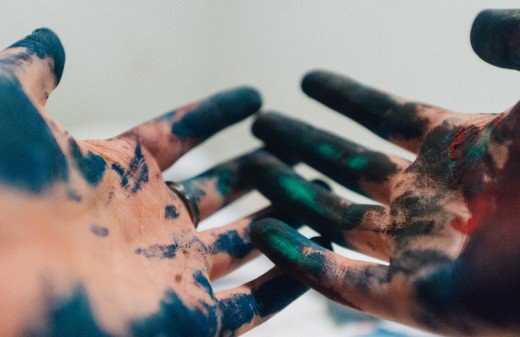
So How Do You Do This?
Engaging in art therapy by yourself is easy and natural, even if it might bring unpleasant emotions. At the end of the day the point of art therapy is to face and process your emotions, not to focus only on the pleasant ones. Pick up an artistic activity that you feel yourself familiar with. You don’t to be a talented professional artist (or even amateur) to do this. Every person has the potential to be self-expressive and artistic. If you are comfortable with sharing and publishing your art that is fine. If you are not that is fine too.
Visual Art
Find a piece of paper and start drawing. Don’t try to plan your drawing, simply let your imagination and instincts lead you and don’t worry about the results of your drawing. Your imagination in a way gives you a glimpse of your subconscious mind the images that exist there.
Writing
Creative writing can also help you express yourself in a linguistic way. It can also improve your ability to verbalize your emotions and experiences, to identify them and regulate them more effectively in the future.
Acting
Try to create a character in your mind and express your emotions through that characters. That allows you to dissociate yourself from that character and not identify with the negative emotions that are expressed through that character. Acting also helps you to express your feelings without the obstacles that your ego puts on you.
Music
Remember, in order to process your emotions you have to be aware of them first. Simply listening to music can help you recognize a lot of emotions that you are not consciously aware of so you can gain awareness and power over them. If you have musical talent, you can even try to compose a song and write some lyrics.
Attitude is Everything
I have already mentioned quite a few art disciplines that almost anyone can engage with. In reality, this list is much longer, if not infinite. In the end, the art-form that you choose to practice is less important. What matters the most, is "how you practice". You can do almost any activity, and if done with the proper mindset, it will become artistic and beautiful. That being said, I would like to spend the rest of the article highlighting some things that can lead you trough the process of connecting to your artistic self.
Discover the Artist Within
There is a famous quote by Picasso, saying that every child is born artists and I hold this true. Each and every one of us, has a creative capacity naturally. Our job is to develop it, or at least not stand in it's way. In developing a practice that is suited for you, you have great freedom, but some things have shown to be quite consistent in creative people. For example, many creatives have a process. Inspiration will eventually come, but it has to find you "working" to be able to make any good use of it. So try to build a process that you can follow day by day. It doesn't have to be something complicated, on the contrary few simple goals or exercises will get you going. Once you pick up momentum, and build some creative habits, don't forget to keep learning. The truly great artists are continually reinventing themselves and their practice. Have a solid repetitive basis, but don't forget to experiment often. Since Art Therapy isn't about out-worldly success, it is more important to enjoy your process. The best states for human creativity, have been recognized by researchers as "Flow States". That can have really amazing impact on your art and life in general, so I consider it to be the "holly grail" of art. The best chances to get in flow state is when you are facing an appropriate challenge. If you are skilled and the situation is somewhat challenging, the chances you will engage in creative work are very high. On the other hand, if you don't have much skill, or if the challenge is not appropriate - too easy or too difficult , the chances of running into a creative block are higher than coming up with a creative solution. Mastery takes time, so keep on practicing. Some studies show that it takes at least 10 000 hours of practice before we develop any true mastery at any skill. Whatever your strategy, remember to keep the activity interesting and joyful, and the rest will follow. Wish you much fulfillment with your creative endeavors!
This content is accurate and true to the best of the author’s knowledge and is not meant to substitute for formal and individualized advice from a qualified professional.

